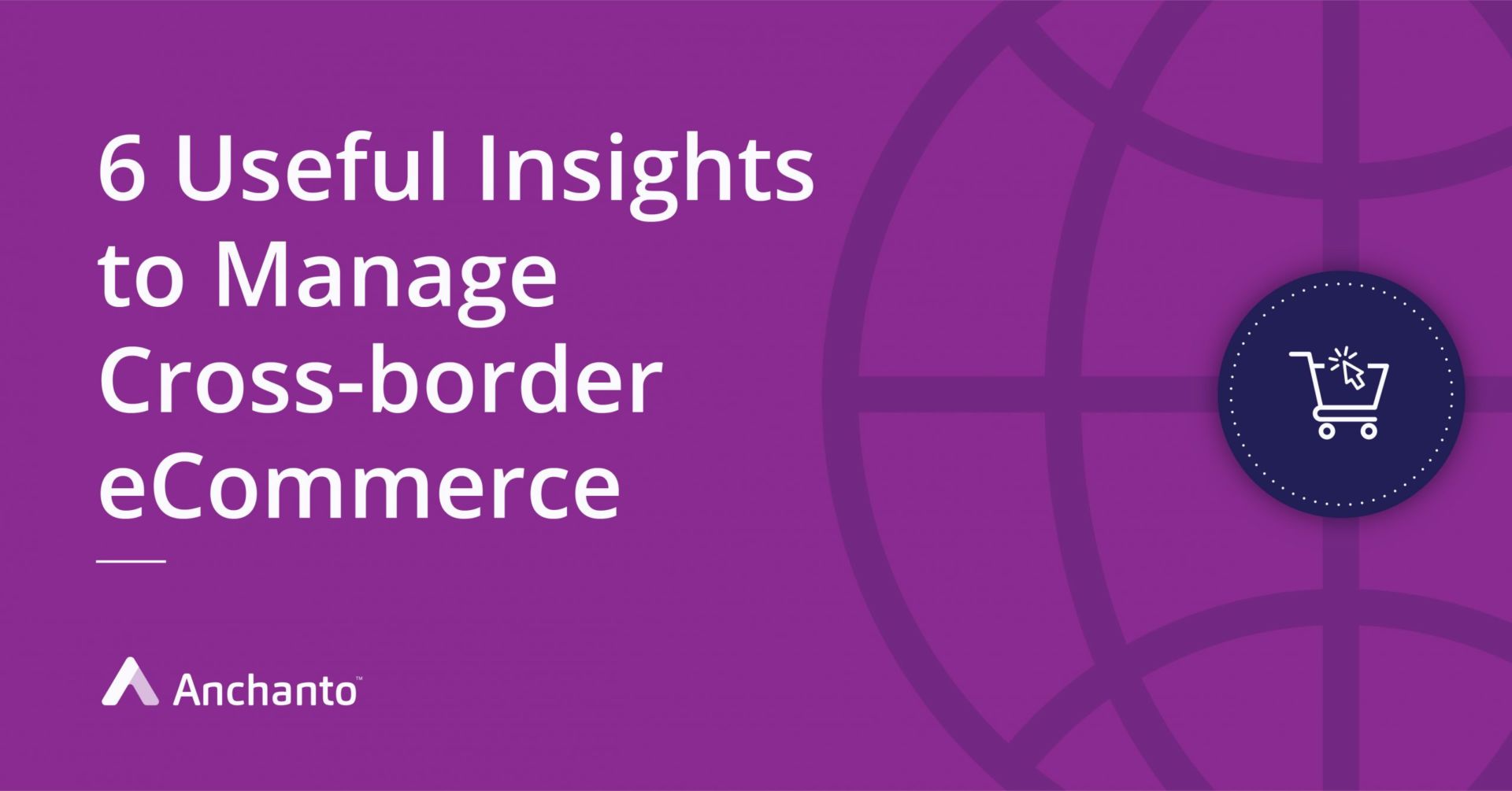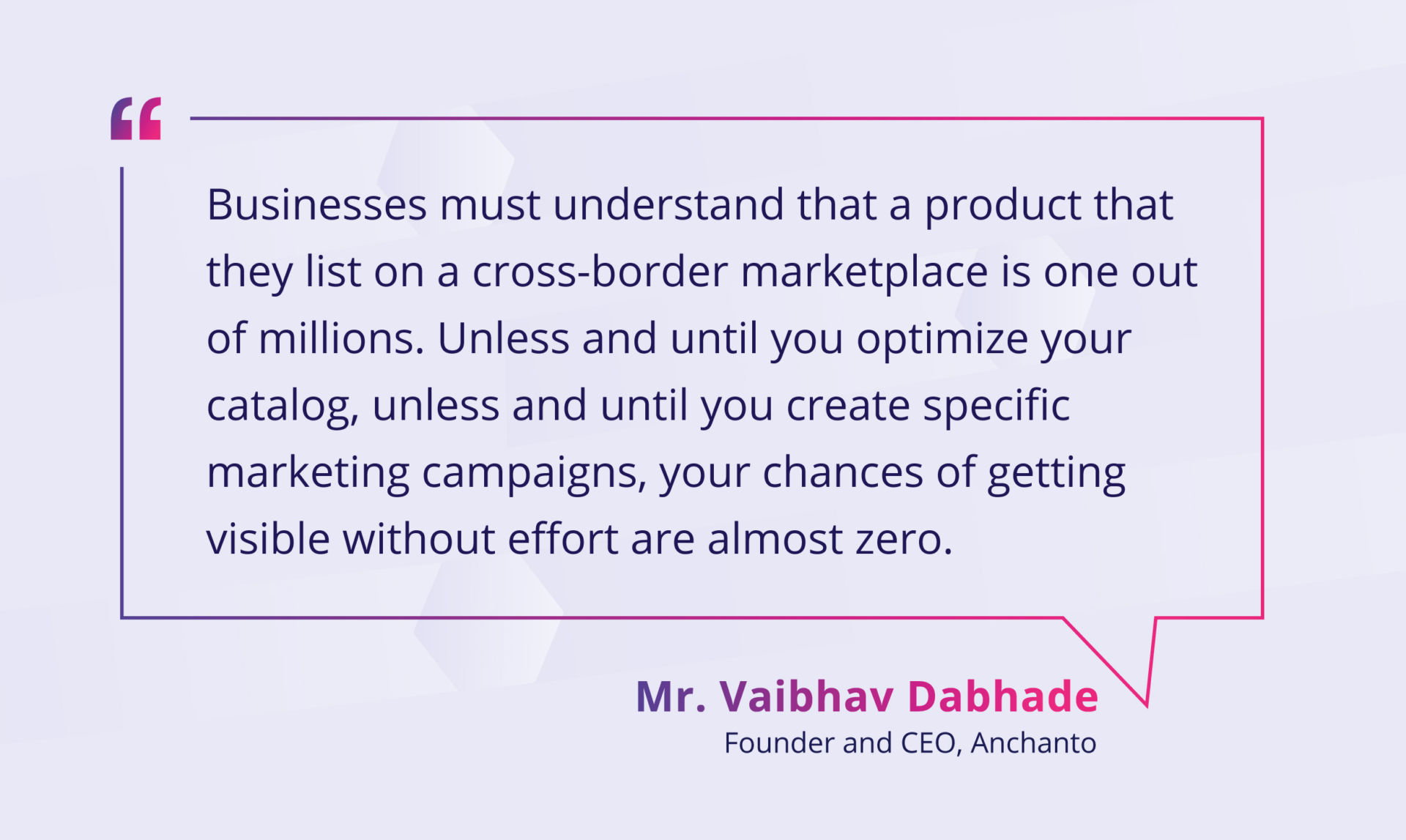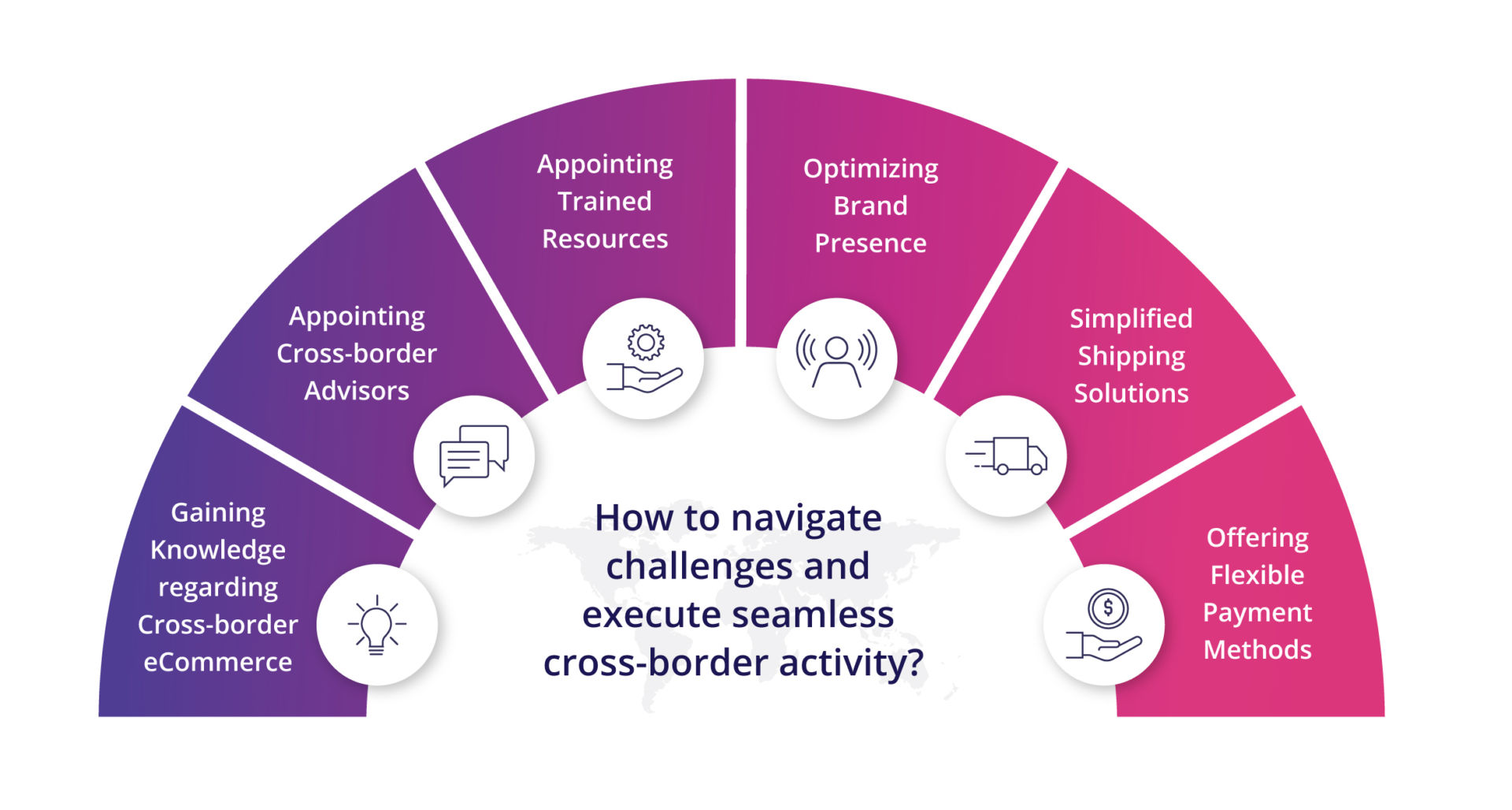6 Useful Practical Insights to Manage Cross-border E-commerce
Blogs
Over the last few years, Cross-border selling has been gaining momentum in the world of e-commerce. When particular products or brands are not available in their country, customers often choose to shop for the same from global sellers.
However, in Southeast Asia, shopping from international brands had a major downside for a long time – there was no option to pay Cash On Delivery. As payment flexibility increased, with Lazada introducing COD for cross-border customers, it propelled its popularity and demand.
Today, the trend is slowly and steadily gaining preference in the Asia Pacific region.
Cross-border e-commerce is projected to account for 22% of e-commerce shipments of physical products by 2022, a report by Statista suggests.
But, what does this rising popularity mean for businesses managing multiple brands across borders? If you are a cross-border actor, you are likely to encounter some challenges before you can enjoy the benefits of selling internationally.
What are the challenges of managing multiple brands across borders?
1. Lack of local know-how
When you sell products in a new market, it is crucial to understand customer behavior and obtain enough information before jumping in. For example, in Southeast Asia, customers prefer to ‘browse and buy’ instead of ‘search and buy’. This behavior is peculiar when compared with other markets.
If you wish to initiate and increase sales of your products, you must empower yourself with knowledge about how to attract and retain customers, what products to sell on which marketplace, and so on.
Being listed on a marketplace is just the beginning of a successful cross-border presence.
2. Last-mile delivery challenges
The cost of shipping a product across borders is massive. In the current context of the pandemic, the cross-border business model has been confronted with a heavy cost of last-mile delivery. For example, if you want to ship a product from the UK to Malaysia, the cost of shipping is almost 3 times higher this October as compared to last year.
The reason for this increase is a lack of fulfillment capacity, a decrease in the number of commercial flights and freight planes. In fact, commercial flights are operating at just 5% capacity.
Ultimately, the consumer has to pay extra shipping fees.
This has created a dent in the appetite for cross-border purchases.
3. Managing regulations for each country
Every country follows a different tax system for retail businesses. When selling internationally, you will need to consider the export taxes applicable in your country as well. The varying numbers and percentages can lead to trouble if you are not careful.
Furthermore, when shipping a product across borders, you must ensure hassle free custom clearance. It would take a long time for you to understand what went wrong, delaying the delivery of your product.
If things go south, handling all this can cost you time, money, and reputation.
4. Lack of trained resources and additional funds
It is likely that you do not have the resources with the required training and skills to execute seamless cross-border e-commerce operations. When you don’t have a team of focused individuals who can prepare curtailed marketing campaigns, optimize catalogues, and help your products stand out across marketplaces, you obstruct your own global growth.
Another crucial factor is having spare funds that can be used for special situations. When managing brands on different online platforms across various countries, your logistics requirements naturally increase, especially during special sale seasons. For such times, you need reserved funds that you can deploy as required to scale your infrastructure temporarily.

5. Lack of visibility
When your products are in transit in a foreign country you have no control over them. It gets difficult to track if they are on route, delayed, or worse – if they disappear.
This lack of visibility is obviously a real concern for you and your end consumers. There are high chances of fraudulent activities as well, for which you can be charged by the country you are shipping your product to.
This can hamper your brand image as well as increase the cost of selling across borders.
6. Handling payments
Cross-border businesses usually follow the method of ‘Payment first, delivery later’. Customers are often not comfortable with this as they do not know when their product will arrive and are suspicious of being cheated. When there is no ease in terms of modes of payment, it can cause a challenge for you.
Confusion with currencies can occur if you have multi-brands or your clients request you to sell their products across multiple countries. This becomes an even bigger problem when reconciling payments. You have to keep track of prices and conversion rates for more than one country. And, the calculations are endless making it difficult to report adequate figures to your suppliers.
How to navigate challenges and execute seamless cross-border activity?
As the platform for retail has changed, it is only natural for the methods handling the same to change as well. Here are some tips and practical insights that can help you manage multiple brands across borders:

1. Gaining Knowledge regarding cross-border e-commerce
In cross-border e-commerce, it is crucial to have the proper knowledge about the market you are expanding to. This can be achieved with either of the following:
-
Systemic plans offered by the government of that country
-
Through marketplaces and trade bodies
So, for example, in Singapore, the Government offers systematic help to SMEs by guiding them on everything like providing funding to enable them in creating strong content, helping them to spend money the right way on marketing, and get access to the consultant who will assist and train the teams involved in operations. Such programs can be helpful for all businesses.
2. Appointing cross-border advisors
To a lot of upcoming brands, this may seem like an unnecessary expense but if you wish to handle your cross-border e-commerce operations smoothly and build a presence in new markets, having an advisor will definitely simplify things for you.
A Cross-border Advisor will help you in solving challenges like local know-how about a new market, which products to sell on which marketplaces, optimizing brand content and ratings, as well as provide insights regarding various marketing strategies that you can implement to strengthen your presence across borders. Given their expertise, they comprehensively analyze the market you wish to establish your presence in and equip you with the right tools to jump in.
3. Appointing trained resources
Once you have an advisor on board, it is equally important to have resources that understand how cross-border operations work. Having an experienced staff that can conduct deep market analysis, observe various elements, adjust the pricing, the content, and see how your products are performing against your competitors plays an important role when selling across borders.
This can transform your cross-border operations completely.
4. Optimizing brand presence
Having a strong brand presence on a marketplace is key when looking at cross-border e-commerce. You must understand that as a business, you are now present on a marketplace but there are thousands of other products similar to yours, selling on the same platform.
You must focus on how to stand out and prepare a plan of action to be consistently unique on these marketplaces. Factors like proper product details, relevant images, prompt response to queries, exceptional customer service, having proper store ratings, etc. will help you gain the brand visibility that will drive home sales for you while selling across borders.
5. Simplified shipping solutions
It is crucial to ensure that the shipping model you choose is trustworthy and cost-effective. Today, logistics companies, global actors, and marketplaces are coming up with innovative models to minimize the impact of the pandemic on cross-border shipping expenses. For example, products that were shipped on an express model are now being shipped on a postal model.
To simplify shipping solutions, you can deliver products via the postal system. It is slower but is also remarkably cheaper. It is a growing trend observed recently. Sellers are adapting to the services of companies like Asendia, who have a postal license and can get last-mile delivery done through postal networks.
6. Offering flexible payment methods
As Cross-border sellers, you must adapt to the local payment preferences of the market you are planning to serve. In Southeast Asia, customers prefer to have multiple options when choosing the mode of payment, especially if they are shopping from an international seller. So, if you want to ensure more sales, the key is to have flexible payment options available. So, a shopper in Singapore can shop for a product from China and pay when it is delivered.
This is likely to help customers trust your brands, increase order volumes, and build brand loyalty.
Scale your business across borders with technology solutions
The modern requirements and form of cross border selling call for automation and process streamlining.
Multichannel management software can help you gain control and visibility over your cross-border activities and sell products on top marketplaces in other countries.
Such systems are integrated with multiple sales channels available across different regions you want to sell into. What’s more, they help you synchronize inventory for all these platforms and give you real-time updates when orders come in.
It helps you cut the costs of managing sales in other countries; even simplify your retail methods and reduce resources required to execute cross-border e-commerce. You earn more as you avoid unnecessary expenses, plan ahead, and tackle challenges that can hamper sales. It ensures you are on track irrespective of the online trade situation.
Holistic software, with rich and stable integrations, will help you with scaling your business globally.
Cross-border e-commerce can be a great opportunity if you prepare to navigate its challenges before entering a new market. There are practical aspects that need to be considered before jumping in. Once you equip yourself with the required insights, the right technology tools, and in-depth knowledge regarding the market you wish to enter, you will be able to manage multiple brands across borders seamlessly.
